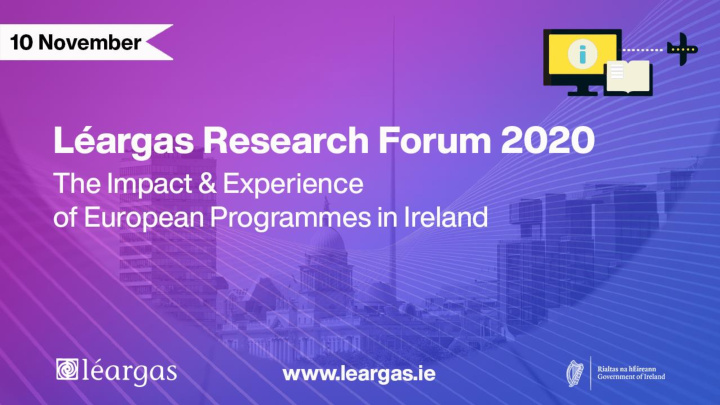



READY, STEADY, BAKE! eTwinning, Transition and Initial Teacher Education Una Murray, Teacher Educator Trinity College Dublin
Aim today: • Overview of the research • Why bake and not buy? My rationale • How the ingredients mix together • Irish eTwinners – Buyers, testers or cooks? (Insight into the profile of eTwinners in Ireland) • The next steps
My research: The Key Ingredients • Transition • Initial Teacher Education My equipment? eTwinning RQ1. How are these perceived in terms of policy and practice?
Why bake and not buy? • Rooted in experience • Previous research did not look at the transition from student teachers’ perspectives • eTwinning is relatively new in ITE • Proven benefits of the use of eTwinning on teaching practices • Potential for this model to be used by other TTIs who share a common single core curriculum worldwide
Why eTwinning? What does the ‘e’ in eTwinning stand for? • Electronic • European • Education
Irish eTwinners: Buyers, tasters or cooks? • Who are they? • What’s the split between primary, post primary and third level involvement? • How is this distributed nationally? • How active are Irish eTwinners? • What subjects do eTwinners represent?
Uptake in eTwinning registration at primary and second level 3500 3000 2500 2000 1500 1000 500 0 Primary level Second level Total number in Ireland Registered eTwinners
% of total number of schools registered as eTwinners nationally Dublin Connacht 18% 21% Leinster 21% Ulster 21% Munster 19% Dublin Leinster Munster Ulster Connacht
% of overall project submitters Other What subject areas 3% Cross curricular 9% are Irish eTwinners coming from?? Science 14% Arts and humanities 45% Social Sciences 29% Arts and humanities Social Sciences Science Cross curricular Other
eTwinning and Third level uptake
Overcoming barriers First order barriers Second order barriers TPACK
A transitional model? Inclusion Exclusion Breakdown of countries according to 'transition' Countries identified as belonging to the Countries with single structure and/or Common core curriculum(ISCED 2) differentiated branches tracks Educational systems where the Educational systems where the transition Excluded countries Age 12/13 23% transition happens at age 11 to13 happens pre age 11 or postage 13 Countries included: Belgium, Ireland, Bulgaria, Czechia, Denmark, Germany, 51% Greece, Spain, France, Italy, Cyprus, Estonia, Croatia, Latvia, Hungary, Austria, 26% Lithuania, Luxembourg, Malta, Poland, Slovenia, Slovakia, Finland, Netherlands, Portugal, Romania, UK- Sweden, Albania, Bosnia and England, Wales, Northern Ireland, Herzegovina, Iceland, Montenegro, North Scotland, Switzerland, Liechtenstein. Macedonia, Norway, Serbia, Turkey. Age 11/11.5 Blue = 11-11.5 Pink = age 12
The next steps: Data Collection (mixed methods) • Interviews with eTwinners, ambassadors, teacher educators • Needs analysis Expert Group to inform a questionnaire for PME students • Intervention strategy to be created and rolled out NOTE: Research is conducted under the supervision of Dr. Ann Devitt, TCD with the approval of TCD Ethics committee.
And finally… murr rrayun@tcd.i .ie
Recommend
More recommend